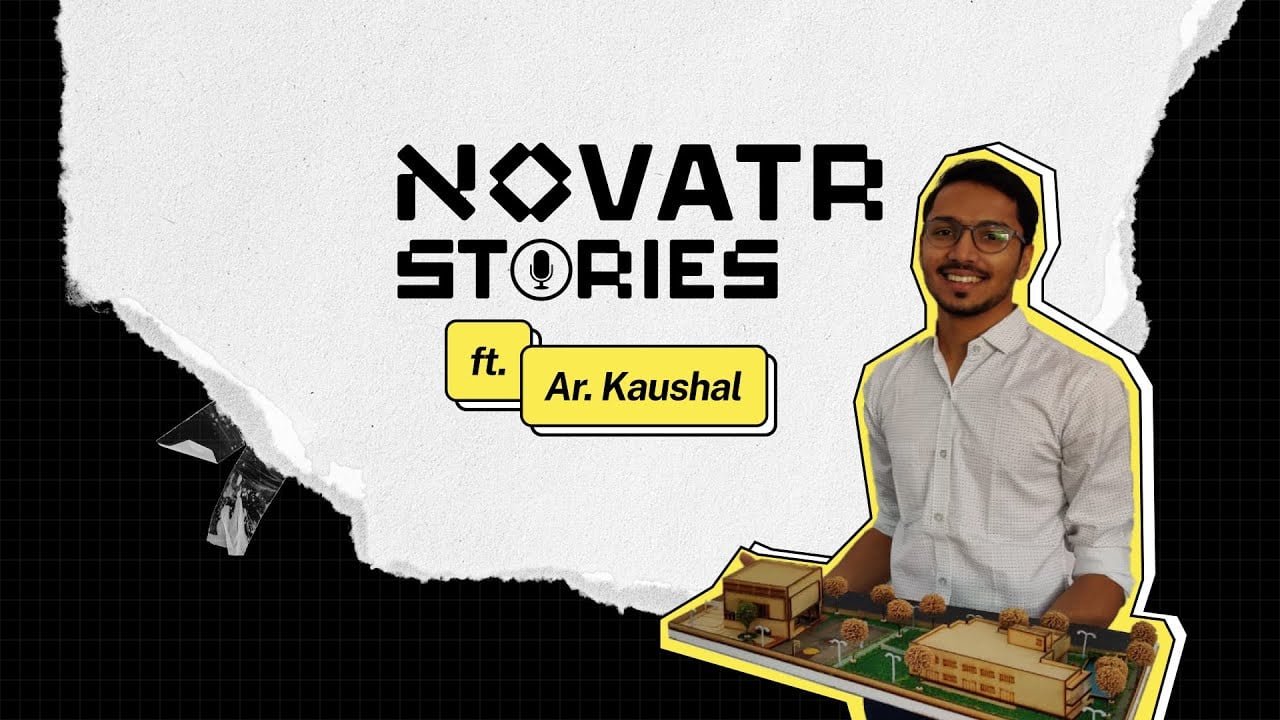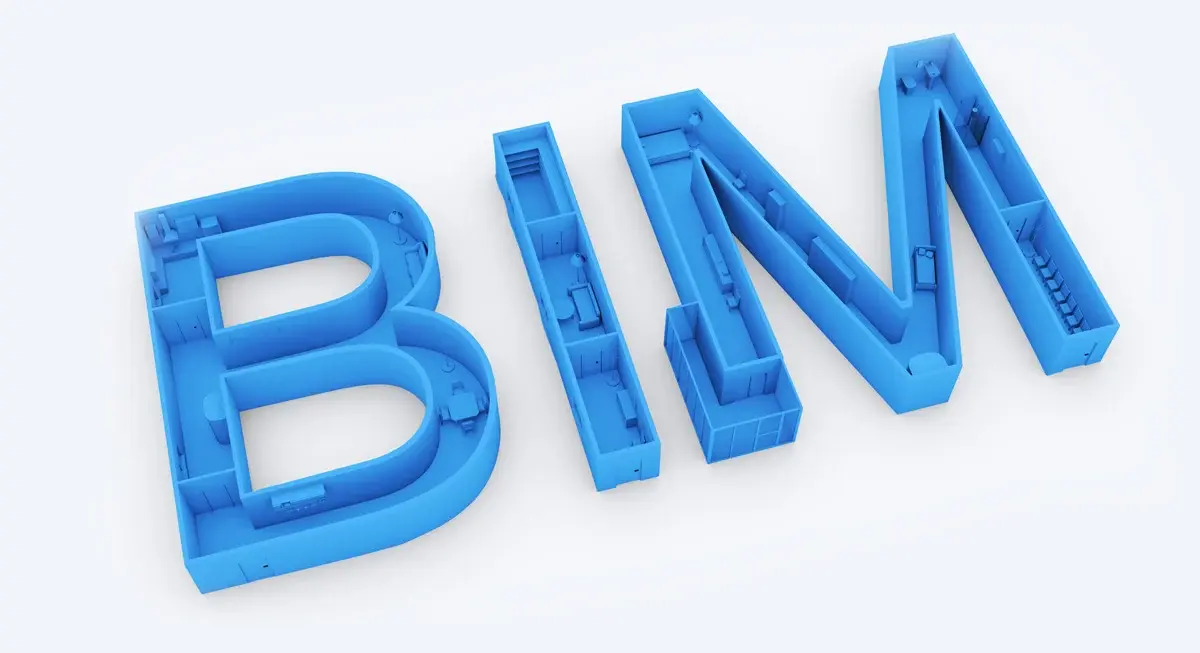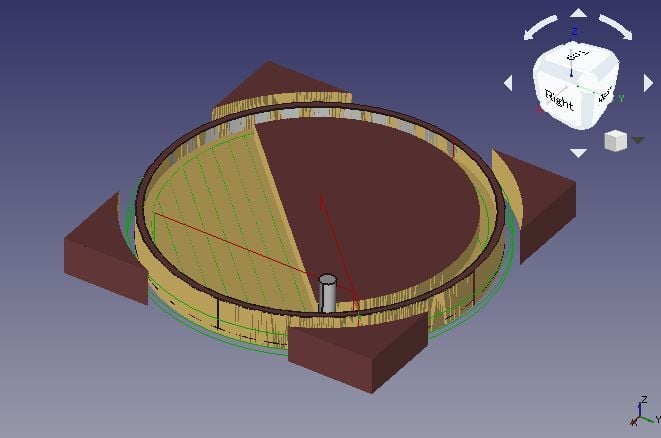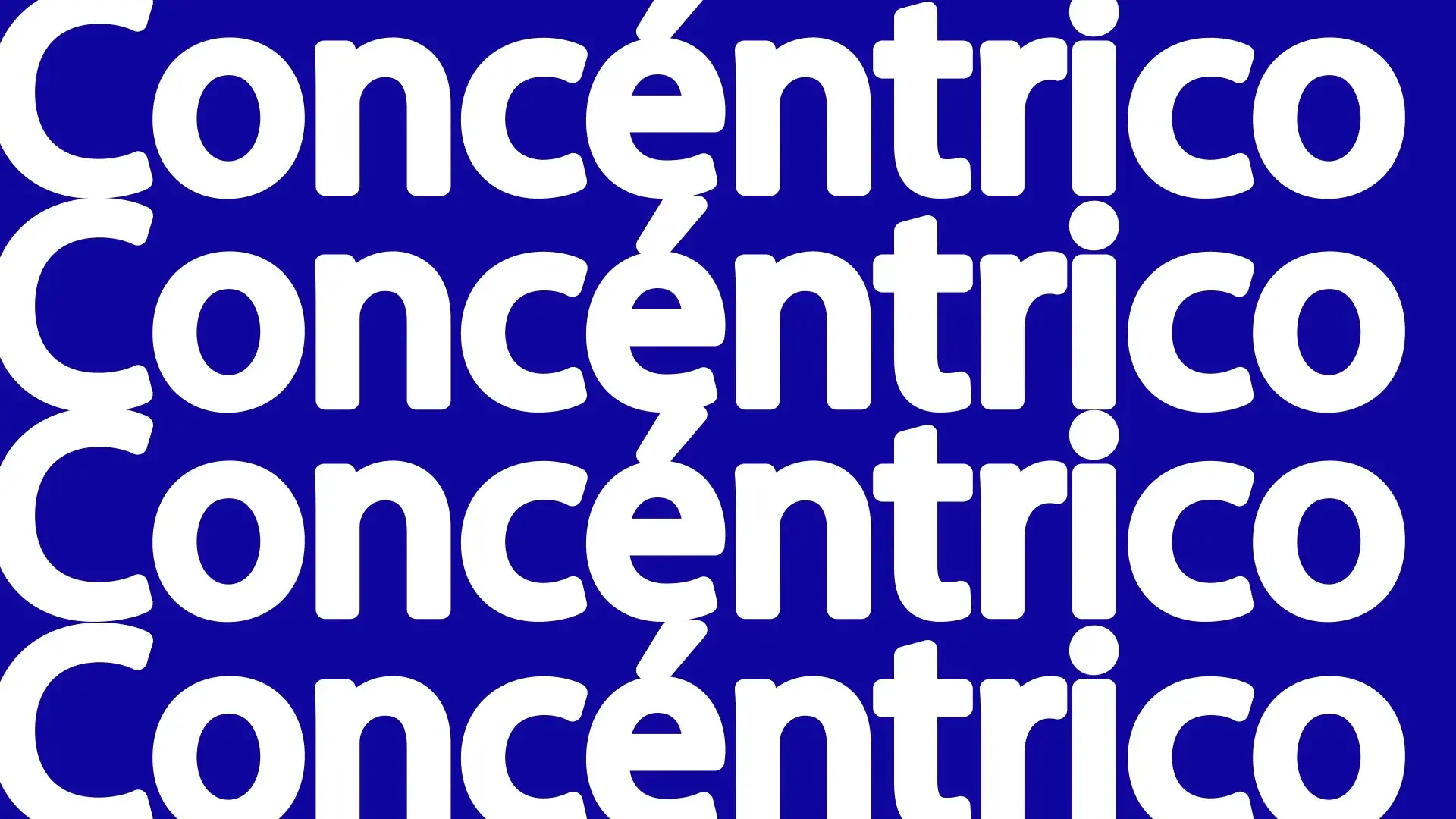
This Computational Designer walked in as a learner, now he’s leading as a mentor. This full-circle story is one for the books.
Kaushal once dreamed of becoming a Mechanical Engineer, but life had other plans. He found his true calling in Architecture, where parametric design sparked a whole new passion. From being shaped by his time at NASA to diving deep into computational design, Kaushal’s journey is all about curiosity, creativity, and turning bold ideas into reality.
Curious about his journey? Find out where it all began, what drew him to the AEC industry, and why he chose Novatr to help shape his path forward.
Can you tell us a little about your early aspirations? Was architecture always the dream?
My dream as a child was always to be a mechanical engineer. I was passionate about science, and I always thought I’d study at IIT and become an IITian. After the 12th, I took a drop and went to Delhi to prepare for IIT. But during that time, I realised I wasn't fully prepared for it. That’s when I came to know about architecture—it felt equally good and practical, which suited me since I’m a tech geek. So I researched how to pursue architecture, prepared for NATA, and eventually got into Aayojan School of Architecture, Jaipur.
Also read:
Frequently Asked Questions on Computational Design in 2025
What skills should every Computational Designer have in 2025?
So, how did you discover parametric design, and what pulled you toward computational design as a career path?
So, software-wise, everyone around me in college used Autocad and SketchUp. But I attended a NASA workshop where I learned about Rhinoceros 3D and 4D and how different it was, especially for parametric modelling and organic design. I picked it up during my second year and learned on my own through YouTube tutorials. I was always more inclined toward Rhino than SketchUp.
Then, when I started working in a studio after graduation, I explored parametric and computational design further. What excited me the most was automation—being able to create multiple design iterations just by changing parameters. It felt like I wasn’t stuck to one idea. That’s when I realised I wanted to work in this direction and not in the typical drawing-heavy architectural roles.
At what point did you decide to upskill and join Novatr? What stood out to you about the course?
After graduating in 2021, I joined Fairkais Studio and worked there for about a year and a half. During that time, I realised I needed to upskill and stay updated, especially with how fast AI and automation were coming into the profession. I found Novatr through a friend who had already done the course. I liked the structure—it started from the basics, built up gradually, and was scheduled on weekends, so I could balance it with work. The option to choose between specialisations like BIM and High-Performance Building Design after a certain point also stood out to me. It just felt like the right platform to grow without pausing my career completely.
Also read:
How Can Computational Design and Artificial Intelligence Benefit Building Redevelopment Projects?
A Brief History of the Evolution of Computational Design
During the course, we also had assignments and activities. So, how challenging were they for you? Did you think that at the end of the day, were they worth putting the effort into?
So initially, I was on a break, so it was not very tough for me to cope with doing assignments and attending the sessions. I was always on time. I used to do assignments and submit them on time. But when I started working on my course and the practice, it became a little tough. But Tarang already knew I was doing this course, so he said, “You can work for four to four and a half days, and then you can focus on your course.” So he provided some flexibility.
A few of the assignments I started missing out on because after working, you feel a little tired. But eventually, I realised that this wouldn't work out and I would end up in a mess. So I thought, whenever the session starts, I’ll try to follow the assignments during the session as much as I can, and immediately after the session or the next day, I’ll complete them. Otherwise, it piles up, and revisiting sessions becomes very hectic.
What does the role of a computational designer look like day-to-day? How is your design thinking different from an architect's? What tools do you use?
If we talk about computational design, it’s not a word associated just with architecture or the design field. It’s a technology that gives you an upper hand in your working process. As an architect, you can use computation as a tool to generate automation scripts and workflows for your work.
For example, if you're working on 2D drawings, it can automatically generate your 3D models. Then, from those 3D models can automatically generate sections and elevations, which we usually do separately in academic or traditional practice. So it helps you create an automated workflow.
Currently, I’m working at MetaGuys as a metal facade computational designer. In the last 8 to 9 months, I have completed over 150 projects. As a team, we’ve done more than 250 projects. That’s only possible because we’ve automated our workflow using Rhinoceros 3D and 4D, and Grasshopper. I’ve created scripts that generate the designs just by feeding in parameters—like site dimensions, finishes, and scale. Even the production drawings and renders are being automated now. It’s an evolving process, and I keep updating and building on it.
Also read: How is Computation used in Stadium Design in 2025?
What would be your suggestion for someone who is in a similar position to you were thinking about whether to pursue a master’s or take up an online course like Novatr?
My suggestion would be: if you are passionate about something and want to do something meaningful, then you need to upskill yourself over time. People and technologies are evolving, and you can't just say, “My learning stopped here.”
You need advancement and upliftment to grow in your field. Learning new tools helps save time, money, and effort in your practice. Academics are still not that evolved—in my case, I wasn’t even introduced to the term “computation” in college. That’s where platforms like Novatr come in. They allow you to upskill and get the advanced learning you need. If you’re updated, the industry needs you—and that helps you grow.
Want to learn more about the AEC industry? Watch the complete interview and get insights from our Alumni turned Mentor.
About the Mentor
Kaushal Anchalia Jain is an Architect and Computational Designer skilled in various tools and workflow over Rhino and Grasshopper. He has handled residential and commercial architecture and interior projects from the concept stage to their execution.
Take the next step in your career with Novatr today! Go through the Resource Page for the latest industry insights and updates.
Was this content helpful to you







